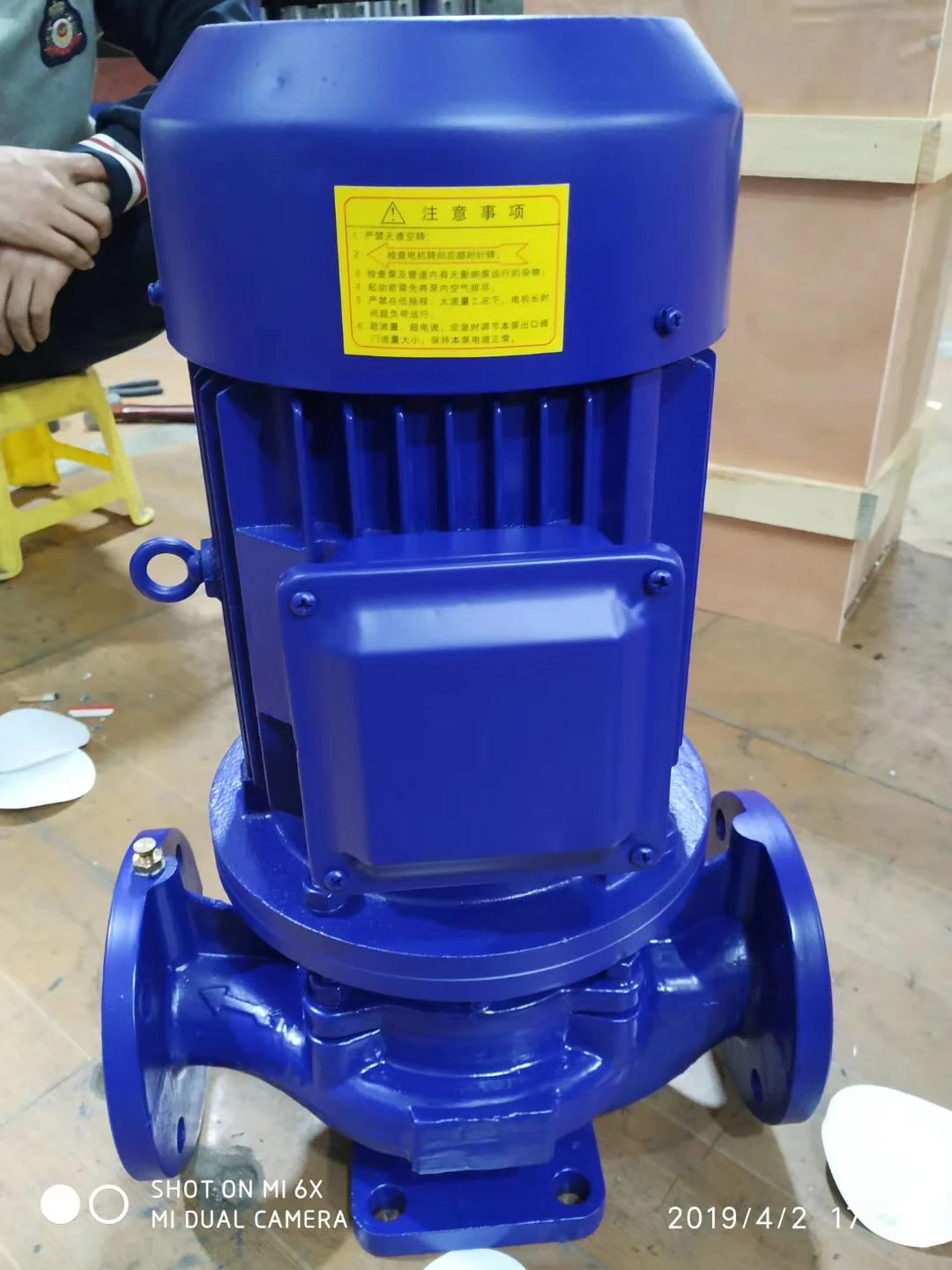English
- Afrikaans
- Albanian
- Amharic
- Arabic
- Armenian
- Azerbaijani
- Basque
- Belarusian
- Bengali
- Bosnian
- Bulgarian
- Catalan
- Cebuano
- Corsican
- Croatian
- Czech
- Danish
- Dutch
- English
- Esperanto
- Estonian
- Finnish
- French
- Frisian
- Galician
- Georgian
- German
- Greek
- Gujarati
- Haitian Creole
- hausa
- hawaiian
- Hebrew
- Hindi
- Miao
- Hungarian
- Icelandic
- igbo
- Indonesian
- irish
- Italian
- Japanese
- Javanese
- Kannada
- kazakh
- Khmer
- Rwandese
- Korean
- Kurdish
- Kyrgyz
- Lao
- Latin
- Latvian
- Lithuanian
- Luxembourgish
- Macedonian
- Malgashi
- Malay
- Malayalam
- Maltese
- Maori
- Marathi
- Mongolian
- Myanmar
- Nepali
- Norwegian
- Norwegian
- Occitan
- Pashto
- Persian
- Polish
- Portuguese
- Punjabi
- Romanian
- Russian
- Samoan
- Scottish Gaelic
- Serbian
- Sesotho
- Shona
- Sindhi
- Sinhala
- Slovak
- Slovenian
- Somali
- Spanish
- Sundanese
- Swahili
- Swedish
- Tagalog
- Tajik
- Tamil
- Tatar
- Telugu
- Thai
- Turkish
- Turkmen
- Ukrainian
- Urdu
- Uighur
- Uzbek
- Vietnamese
- Welsh
- Bantu
- Yiddish
- Yoruba
- Zulu
Telephone: +86 13120555503
Email: frank@cypump.com
Nov . 24, 2024 08:41 Back to list
slurry pump head
Understanding Slurry Pump Head A Key Component in Slurry Transport Systems
Slurry pumps play a crucial role in various industries, particularly in mining, construction, and wastewater management, where the transportation of mixtures of solids and liquids is a daily requirement. One of the primary specifications that define the performance of a slurry pump is its head. Understanding the concept of pump head is essential for optimizing the efficiency and effectiveness of slurry transport systems.
Understanding Slurry Pump Head A Key Component in Slurry Transport Systems
Static head refers to the vertical distance the fluid must be lifted, while dynamic head encompasses the energy losses due to friction and turbulence as the slurry moves through the pump and piping system. The total head must be sufficient to overcome these factors, ensuring that the slurry reaches its destination without any significant loss of flow or pressure.
slurry pump head

Several factors influence the head developed by a slurry pump. The density and viscosity of the slurry, the size of the solids suspended in the liquid, and the pumping distance are all critical considerations. As slurry becomes more viscous or contains larger particles, the pump's efficiency typically diminishes, resulting in a lower effective head. Therefore, it's essential to select a pump designed for the specific characteristics of the slurry it will be handling.
Proper pump sizing is vital for optimizing head performance. Oversized pumps may generate excessive energy costs and wear components due to increased turbulence and friction, while undersized pumps can lead to inadequate flow rates, potentially stalling operations. Consequently, it is important to conduct a thorough assessment of the slurry's properties and operating conditions when selecting a pump and calculating the required head.
Additionally, the hydraulic design of the pump, including impeller geometry and casing configuration, greatly influences the pump's ability to develop head efficiently. High-quality materials that can withstand abrasive wear are also essential since slurries can be highly erosive, impacting the longevity and reliability of the pump.
In conclusion, the head of a slurry pump is a vital parameter that directly affects the efficiency and effectiveness of slurry transport systems. By understanding the principles of pump head, including the factors that influence it and the importance of proper pump sizing and design, operators can optimize their slurry pumping operations. This ensures reliable performance across various applications, contributing to improved productivity and reduced operational costs in industries reliant on slurry transport.
-
Horizontal Split Case Pump with GPT-4 Turbo | High Efficiency
NewsAug.01,2025
-
ISG Series Pipeline Pump - Chi Yuan Pumps | High Efficiency, Durable Design
NewsAug.01,2025
-
Advanced Flue Gas Desulfurization Pump with GPT-4 Turbo | Durable & Efficient
NewsJul.31,2025
-
ISG Series Vertical Pipeline Pump - Chi Yuan Pumps | Advanced Hydraulic Design&Durable Construction
NewsJul.31,2025
-
ISG Series Vertical Pipeline Pump - Chi Yuan Pumps | Energy Efficient & Low Noise
NewsJul.31,2025
-
pipeline pump - Chi Yuan Pumps Co., LTD.|High Efficiency&Low Noise
NewsJul.31,2025










